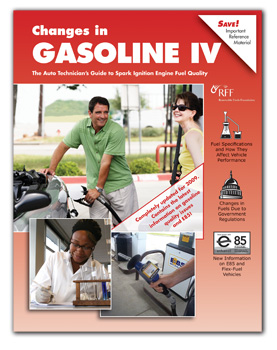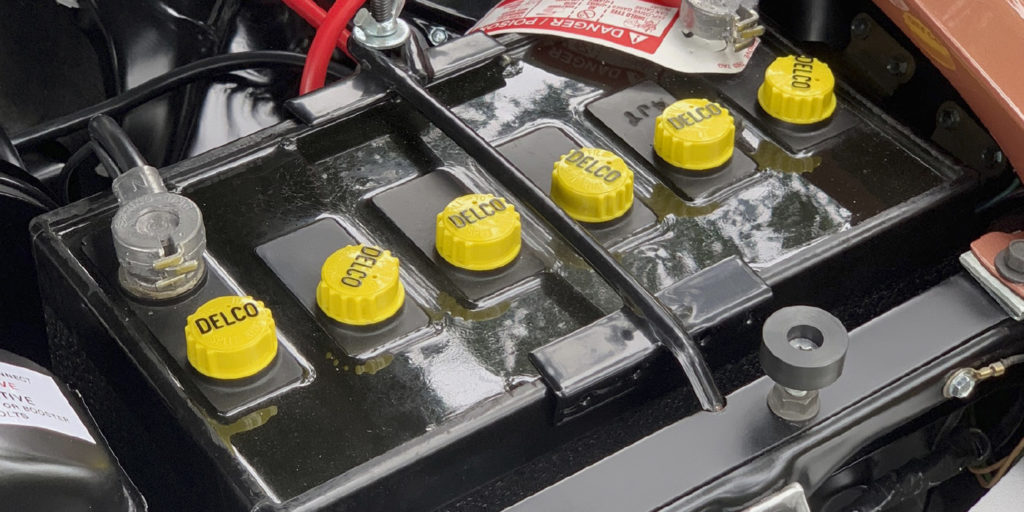 By Ed Sunkin
By Ed Sunkin
Editor
The Renewable Fuels Foundation recently released its Changes in Gasoline IV, the latest edition of the ongoing series of its Changes in Gasoline manuals.
The first manual, Changes in Gasoline & the Automobile Service Technician, was originally published in 1987. And, numerous editions of the manual have been produced since then due to changes in federal regulations and fuel specifications, and advances in automotive technology.
For example, Changes in Gasoline was written shortly after the elimination of lead from gasoline, while Changes in Gasoline II was written after passage of the 1990 Clean Air Act Amendments. Since most of the requirements of the 1990 Clean Air Act Amendments were implemented by 1995, the result was the publication of Changes in Gasoline III.
As you well know, today we as a nation are undergoing another round of changes in fuels. Petroleum companies have ceased using Methyl Tertiary Butyl Ether (MTBE) in the U.S. due to concerns about groundwater contamination. And, since the last edition, Congress has eliminated the oxygenate requirement for reformulated gasoline, as well as passed legislation requiring increased use of renewable fuels to reduce our dependence on foreign oil.
When Changes in Gasoline was last completely rewritten in 1996, gasoline ethanol blends represented less than 10% of the gasoline sold. Today, the level is close to 70%!
As the technology of both fuels and vehicles continues to advance, the efforts to constantly improve the relationship between an engine and the fuel that powers it becomes even more important. Increasingly, consumers turn to auto service technicians for fuel-related advice.
Consumers seek your opinion on what type of fuel to use and on the selection of gasoline additives. Yet, it’s often difficult to obtain factual information on these issues. Information is usually driven by those best to profit, and, at times, that information can be politically biased.
We feel it is important for today’s auto technician to understand fuel quality issues, both for diagnostic reasons and for the ability to convey accurate information and recommendations to your customers.
According to the Renewable Fuels Foundation, this 44-page color manual, designed to separate fact from fiction, is based on research work and technical papers, primarily from the automotive and petroleum industries. It is designed to aid you in diagnosing fuel-related problems, and also to assist you in explaining them to your customer.
The project was funded by an educational grant from the Renewable Fuels Foundation, a nonprofit organization that provides educational materials on renewably derived fuels.
Over the years, it has been one of our most requested PDF documents by readers of this magazine. If you would like a copy of Changes in Gasoline IV e-mailed to you, e-mail me at [email protected].
Or visit www.renewablefuelsfoundation.org/changesingasoline to download a copy.













